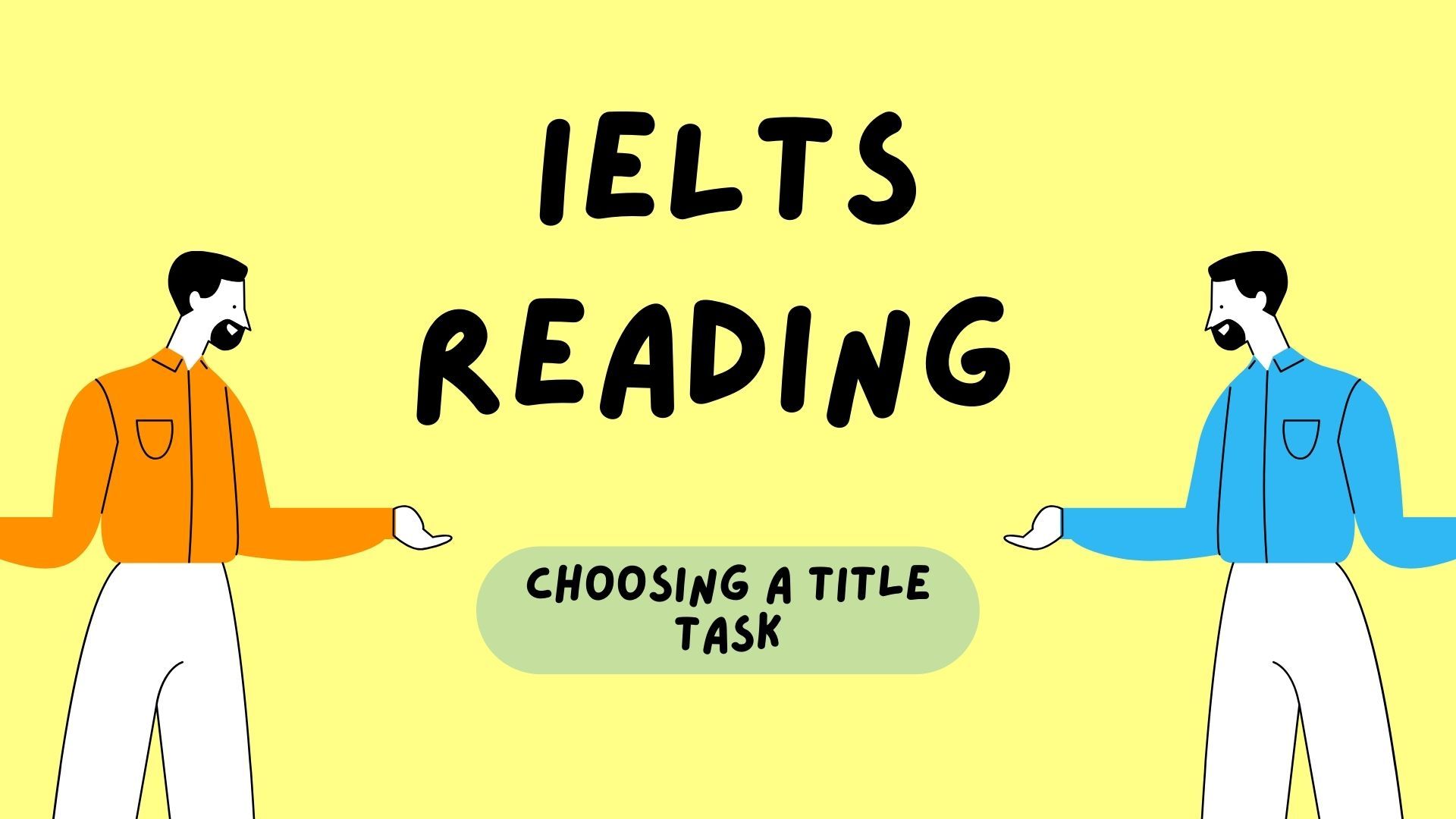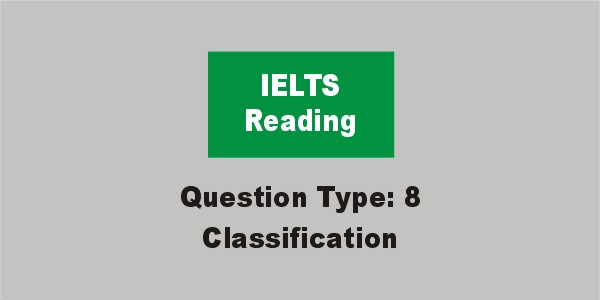Free Course (Reading) Module
Lesson 7: Multiple Choice Questions
In the IELTS reading test, multiple choice questions are a common question type that you may encounter. These questions usually consist of a short passage or a set of paragraphs followed by three or four options to choose from.
The aim of multiple choice questions is to test your ability to read and comprehend written text in English. These questions require you to carefully read and analyze the passage and select the most appropriate option that accurately answers the question.
To effectively answer multiple choice questions in the IELTS reading test, it is important to develop good reading and skimming techniques. You should be able to quickly identify the main ideas and important details of the passage in order to choose the correct answer.
Additionally, you should be familiar with different question types, such as questions that require you to identify specific information, main ideas, inferences or opinions. You should also pay close attention to the wording of the questions and the options provided, as sometimes there may be subtle differences between the options that could impact your answer.
Overall, multiple choice questions in the IELTS reading test are designed to evaluate your reading comprehension skills and your ability to identify important details, make inferences and draw conclusions from the given text. By practicing your reading and test-taking skills, you can improve your ability to answer these questions accurately and efficiently.
Example of the module
Ancient Human Evolution
Human evolution is a complex process that took place over millions of years. The earliest hominids appeared in Africa around 6-7 million years ago. These primitive hominids were more closely related to chimpanzees than to modern humans.
Around 2 million years ago, the first members of the genus Homo appeared. These early humans, known as Homo habilis, were characterized by their ability to make stone tools. Over time, different species of Homo evolved, each with their own unique characteristics.
Homo erectus, for example, was the first hominid to leave Africa and colonize other parts of the world. This species had a larger brain than Homo habilis and could make more advanced tools. Homo erectus also developed the ability to control fire, which allowed them to cook their food and stay warm in colder climates.
Around 400,000 years ago, the Neanderthals appeared in Europe and Asia. These hominids had a larger brain than Homo erectus and were characterized by their robust build and prominent brow ridges. The Neanderthals were skilled hunters and had a complex social structure.
Around 200,000 years ago, Homo sapiens, or modern humans, appeared in Africa. These hominids had a larger brain than the Neanderthals and were characterized by their slim build and high forehead. Modern humans spread out of Africa around 60,000 years ago and eventually replaced the Neanderthals in Europe and Asia.
Despite our many differences, all hominids share a common ancestry. Understanding human evolution is key to understanding our place in the world and our relationship to other living organisms.
MCQ Questions:
1. What is the relationship between early hominids and chimpanzees?
a) They were the same species
b) They were closely related
c) They were completely different
2. Which hominid species was the first to leave Africa?
a) Homo erectus
b) Homo habilis
c) Homo sapiens
3. What is one characteristic that distinguished the Neanderthals from Homo erectus?
a) Larger brain size
b) More advanced tool-making ability
c) Control of fire
4. What was the most significant difference between modern humans and the Neanderthals?
a) Slimmer build
b) Robust build
c) High forehead
5. Why is understanding human evolution important?
a) To understand our place in the world
b) To understand the relationship between humans and animals
c) To develop more advanced technology
Expert tips for the module
- Skim the text to get the general meaning.
- Underline any keywords in the question and think about any synonyms that might appear in the text.
- Paraphrase sentences if you are unsure of their meaning.
- Watch out for 'distractors' and read the whole sentence carefully, including qualifying words like 'most' and 'all'.
- Take time to understand the meaning of each sentence and don't rush through the text.
- Remember that the answers will be in the same order as the text.
- Be aware that you may be asked about both facts and opinions.
Next Lessons
Previous Lessons
Speaking Services
starts from $1
culpa id cupidatat et dolore est sint voluptate irure incididunt tempor ex est labore dolor commodo amet voluptate qui incididunt cillum occaecat cupidatat
Assess NowWriting Services
starts from $1
culpa id cupidatat et dolore est sint voluptate irure incididunt tempor ex est labore dolor commodo amet voluptate qui incididunt cillum occaecat cupidatat
Assess Now


